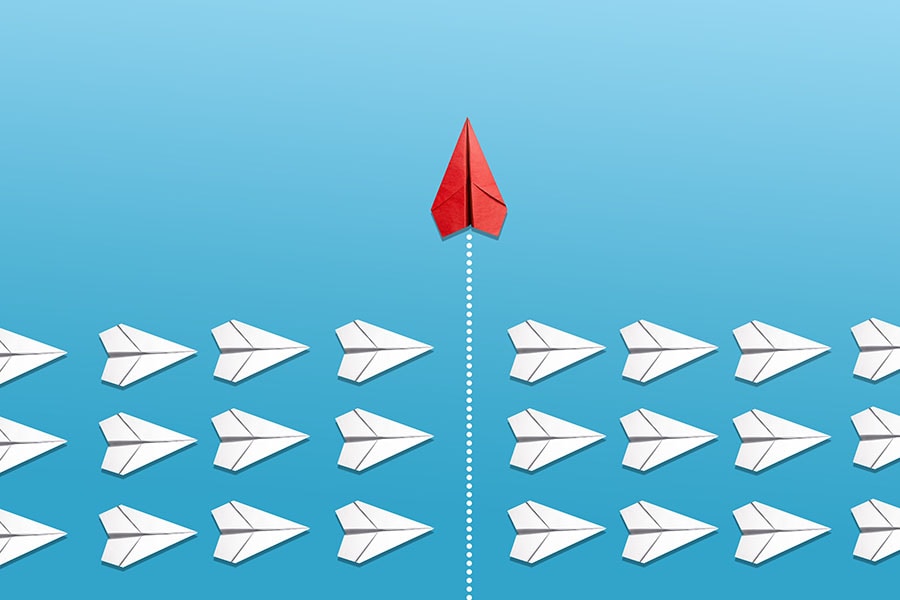Reframing the competition
Strategies to tweak competitive scenarios and boost performance
 A larger competition size can discourage participation even when the objective likelihood of winning remains identical.
Image: Shutterstock
A larger competition size can discourage participation even when the objective likelihood of winning remains identical.
Image: Shutterstock
Imagine that two brands are running contests where participants stand to win nearly identical fitness watches. Both companies will award the watches to randomly chosen winners, amounting to 1 percent of all participants. Brand A has capped the number of entries at 1,000, while Brand B allows up to 10,000 entries. Which competition would you rather enter?
Chances are you would pick Brand A’s competition. After all, you would be up against fewer competitors and may think you have a better shot at winning. But the reality is that the statistical likelihood of clinching a prize in each contest is exactly the same.
Competitive scenarios involving large groups of individuals are par for the course in all aspects of life. Our recent research, published in the Journal of Consumer Psychology and featured in Harvard Business Review, examined a wide spectrum of competitive contexts. Our findings reinforce the idea that a larger competition size can discourage participation even when the objective likelihood of winning remains identical. We also found that helping people better comprehend their chances of winning could make a huge difference to whether people choose to take part in a contest or not.
Reframing the odds
Why do people experience decreased motivation when competing against larger groups of individuals? Prior research shows that as the number of competitors increases, it becomes more difficult to compare your own progress to that of others. This can be both frustrating and discouraging.Furthermore, people may be irrationally demotivated by competition size due to the imperfect nature of their subjective perceptions. Our research reveals that larger-sized competitions alter people’s belief in their chances of winning, alongside their perceptions of the size of the prize. That’s regardless of whether individuals can compare themselves to other competitors.
[This article is republished courtesy of INSEAD Knowledge, the portal to the latest business insights and views of The Business School of the World. Copyright INSEAD 2024]

















